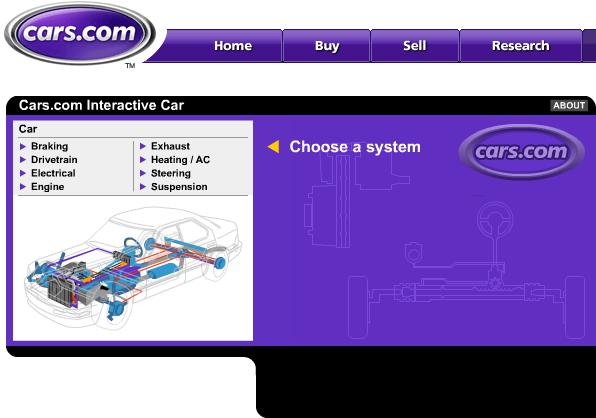People who travel frequently, and those who watch music videos, may well have seen a unique performance vehicle called the T-Rex, which has three wheels.
A favorite of modern music artists, the high performance T-Rex is proudly built in Canada.
This may come as a surprise to many Ontario motorists, who have never seen a T-Rex on the roads. That’s because the vehicle, and others like it that are also built in Canada, have not been allowed on Ontario roads.
On March 1, the Ministry of Transportation (MTO) introduced a 10-year pilot project to allow the operation of three-wheeled vehicles to determine whether they are a fit with other vehicles on the road, current licensing and existing rules of the road.
The project brings Ontario into line with Québec, British Columbia, Manitoba and the Yukon where these vehicles are already legal.
All of this may be confusing to some, who are used to seeing three-wheeled machines traveling on the road in this province. The one that is most visible is the Can-Am Spyder. Also built in Canada, the Can-Am features three wheels, but the operator sits on a saddle, similar to a motorcycle, and steers with the use of handlebars.
MTO spokesperson Ajay Woozageer says that machines like the Can-Am Spyder are called motor tricycles. Three-wheeled vehicles, on the other hand, have a steering wheel and the two occupants sit in conventional passenger car-type seats.
To further complicate things, Woozageer says that car-based models which have been sold here in the past, such as the Morgan three wheeler, fall under a different set of rules even though they have three wheels.
"The Morgan and TWVs are two distinct classes of vehicles. The Morgan is classified as a passenger vehicle (with three wheels), whereas TWVs (captured under our pilot regulation) have a class of their own."
Under the new regulations, TWVs can be operated with a regular G licence but are registered as a motorcycle. Even though occupants are in a car-like seat and are wearing seat belts, a motorcycle helmet must be worn.
Auto sales continue to soar in Canada
The explosion of automotive sales in Canada continues, as 119,201 new vehicles left showrooms in February, which is an increase of 9.1 per cent over last February's total of 109,248.
Fiat Chrysler Automobiles continues to run point on the charts, moving 18,813 units, which is a half per cent increase over the same period last year. Ford is hot on FCA's heels, having enjoyed a 22 per cent improvement to 18,389 units. General Motors is stuck in third spot, having sold 15,729 vehicles for a tidy 13.9 per cent increase. Toyota takes the fourth spot with a 10.7 per cent increase to 13,129 units.
Honda has nabbed the fifth spot, selling 8,553 vehicles, but there is a battle heating up for that position. Hyundai was just a tick back at 8,206 and Nissan has surged to 8,174.
Google self-driving car crashes into bus
There has been a lot of talk here in Toronto Star Wheels about the safety record of Google's self-driving cars. The cars, which have so far racked up more than 2 million kilometers on public roads, have only been involved in a handful of accidents. In each of those incidents, the fault has been attributed to the other vehicle involved.
On Valentine's Day, a Google car had a minor encounter with a city bus in Mountain View, Calif.
The autonomous car, having moved into a right turn lane, slowed and moved to the left to avoid a pile of sand bags surrounding a sewer grate. The problem was that a following bus did not slow down to allow the action and there was a minor collision that damaged the car's fender and wheel. The human test driver saw the bus and assumed that it would slow down, so did not intervene.
Where this becomes a challenge for Google is that, unlike a human error, it was software that made a decision that caused a collision. While the company's software has a great track record so far, it is not yet perfect.
Villeneuve Grand Prix car fails to sell at auction
A BAR-Honda Formula 1 car, sans the Honda engine, which was driven by Canadian Jacques Villeneuve, went to auction in Los Angeles last week and didn't receive a single bid.
The car is the same one driven by the former Indy Car and Formula 1 champion to third-place finishes at the Spanish and German Grands Prix in 2001. The car is said to be complete including period correct livery, but does not have an engine. The car is an interesting bit of history — but not interesting enough to entice any bidders at the $138,000 opening price.
Freelance writer Gary Grant contributes to Toronto Star Wheels. To reach him, email wheels@thestar.ca and put his name in the subject line.






